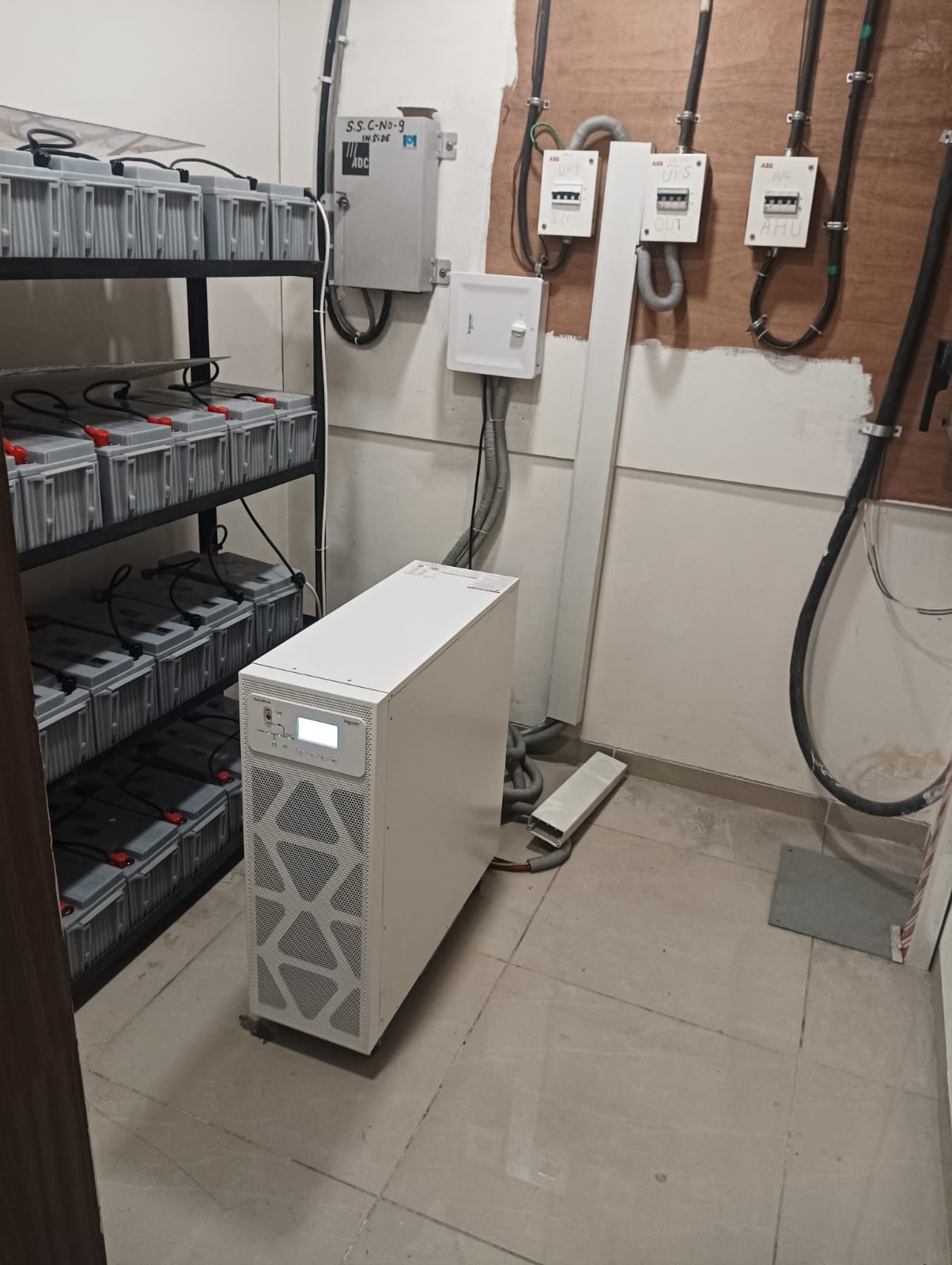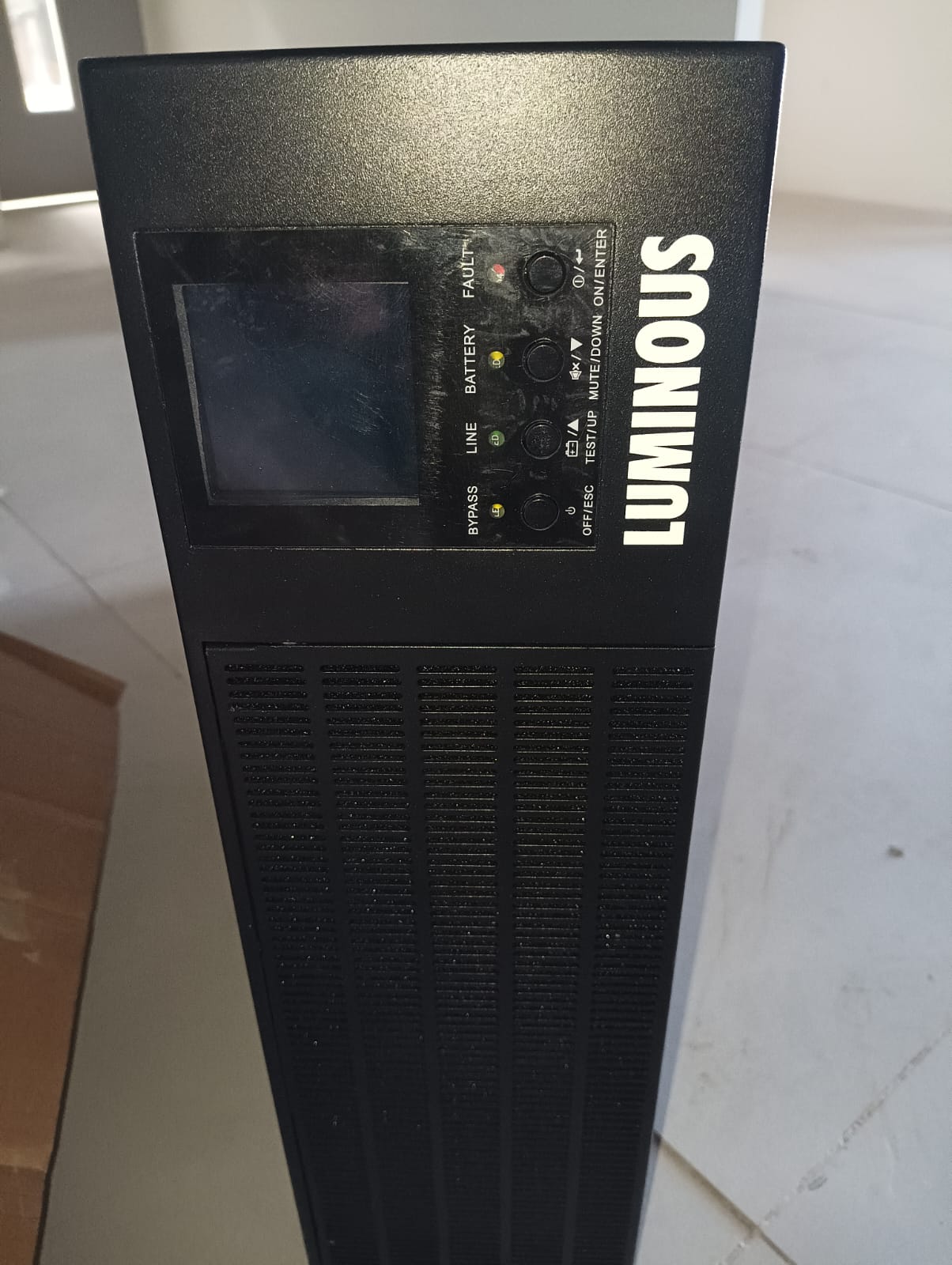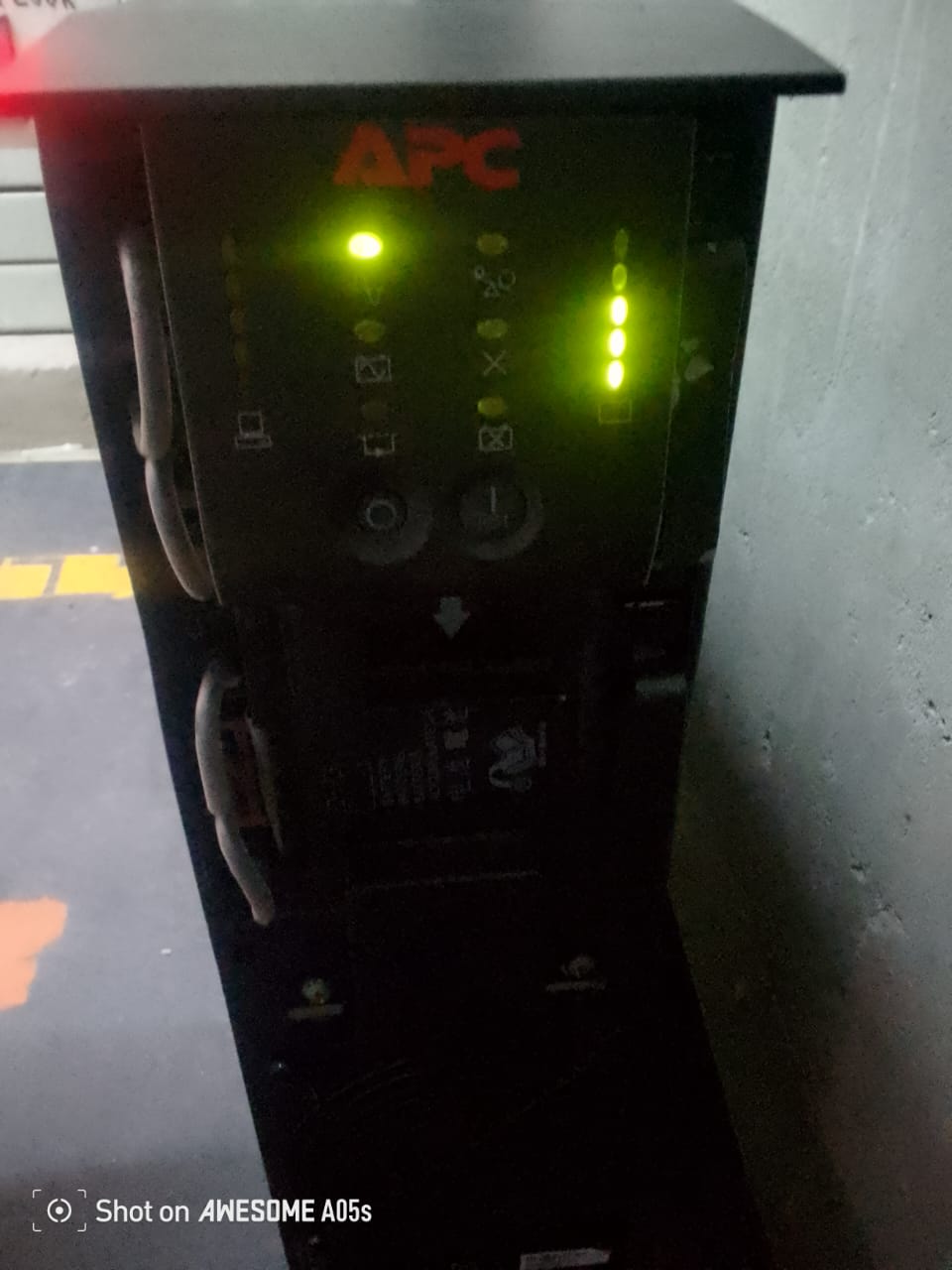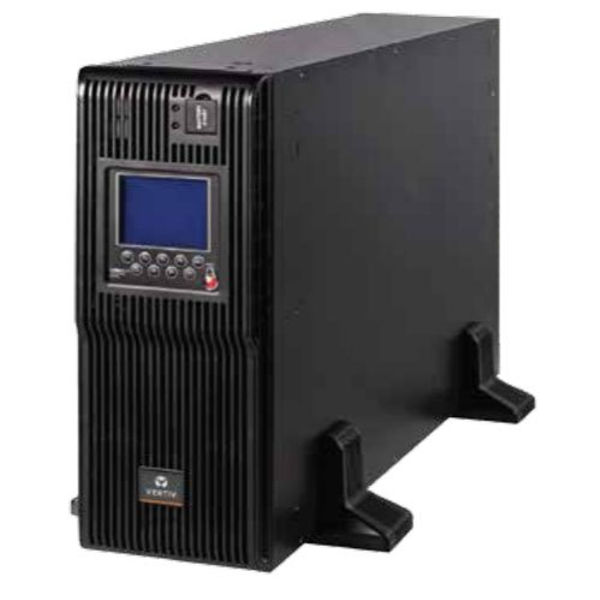Using Amaron batteries with Numeric UPS systems can provide reliable backup power for various applications. Here’s a detailed overview of compatibility, installation, and benefits: Numeric UPS Overview Purpose: Offers backup power during outages and protects connected devices from voltage fluctuations and surges. Types: Available for home, office, and industrial applications, with models suited for different loads. Key Features: Advanced Microprocessor Control: Enhances efficiency and performance. LCD Display: Shows battery status, load level, and other important information. Wide Input Voltage Range: Handles unstable voltage conditions. Amaron Batteries Overview Type: Primarily lead-acid (deep-cycle) batteries, often maintenance-free. Voltage Options: Commonly available in 12V, suitable for Numeric UPS systems. Capacity: Ranges from 46Ah to over 200Ah, depending on your power needs. Compatibility Voltage Matching: Ensure the Amaron battery’s voltage (e.g., 12V) matches the UPS system’s requirements. Capacity Considerations: Choose a battery capacity that supports the load you plan to connect. Calculate based on the total wattage of devices and desired backup duration. Installation Connecting the Battery: Connect the positive (+) terminal of the Amaron battery to the UPS positive terminal. Connect the negative (-) terminal of the battery to the UPS negative terminal. Secure Connections: Ensure all connections are tight to prevent arcing and ensure effective power transfer. Performance Benefits Extended Backup Time: Higher capacity Amaron batteries can provide longer run times during outages. Deep Cycle Capability: Designed to handle regular deep discharges, making them ideal for UPS applications. Low Maintenance Needs: Many Amaron models require minimal maintenance, enhancing convenience. Maintenance Regular Inspections: Check connections periodically for corrosion and ensure tightness. Battery Monitoring: Use a multimeter or UPS diagnostics to monitor battery health and voltage. Replacement Indicators: Be alert for signs of performance degradation, such as decreased backup time. Safety Precautions Proper Ventilation: Ensure the UPS and battery are in a well-ventilated area to prevent gas buildup, particularly with lead-acid batteries. Charging Practices: Follow guidelines to avoid overcharging, which can harm the battery. Conclusion Combining Amaron batteries with Numeric UPS systems creates a reliable backup power solution, ensuring that your devices remain protected and operational during outages. Always refer to the specific user manuals for both the UPS and the batteries for proper installation and compatibility guidelines. This pairing can significantly enhance your power reliability and efficiency.
Send Message







